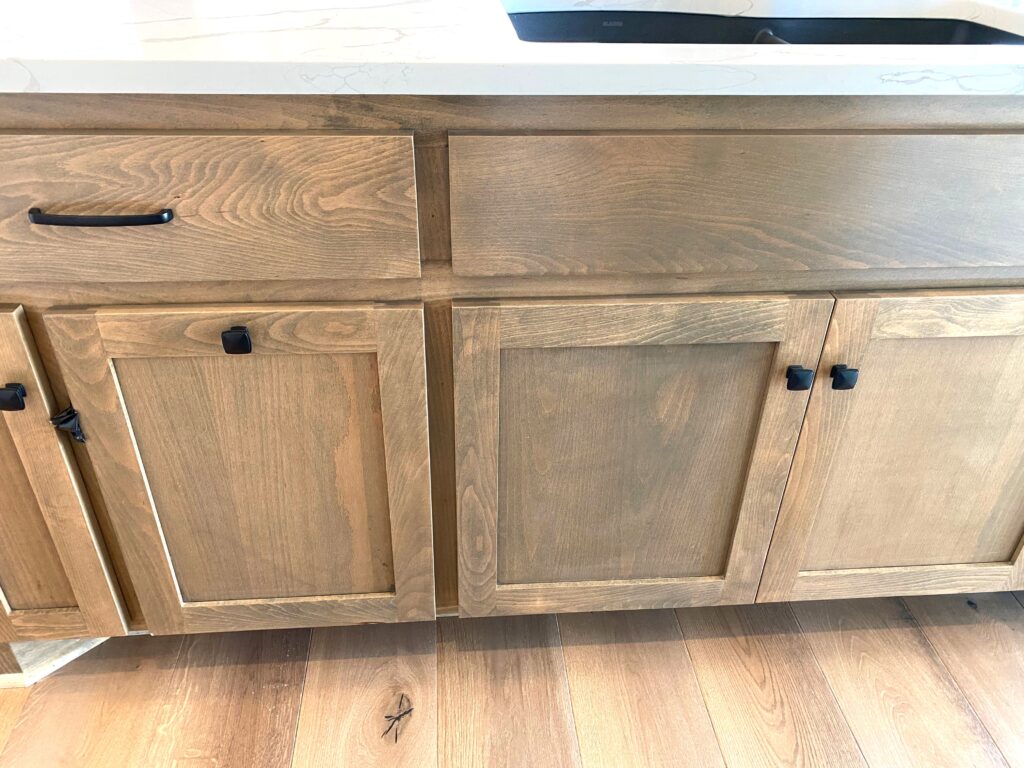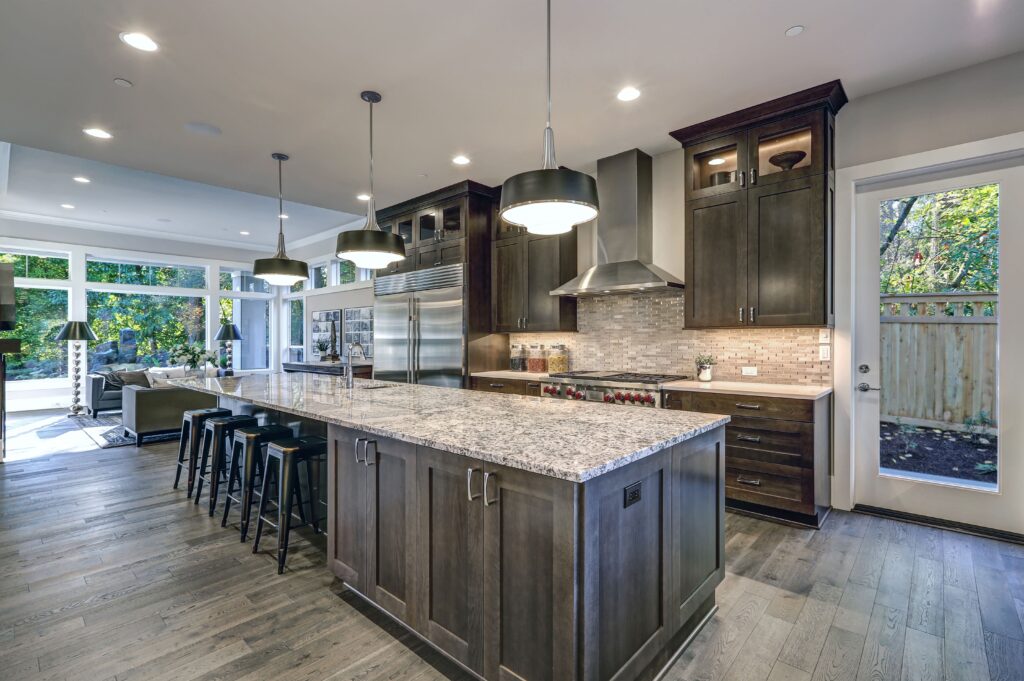
All You Need To Know About Refinishing Cabinet – The Ultimate Guide
Refinishing cabinet is a cost-effective and transformative way to breathe new life into your kitchen or bathroom. Whether you want to update the look of your cabinets or restore their original beauty, the process of refinishing can make a significant difference. In this ultimate guide to refinishing refacing, we will walk you through the step-by-step process, share valuable tips and techniques, and provide expert insights to help you achieve stunning results. So, let’s dive in and discover everything you need to know about refinishing refacing.
Understanding Cabinet Refinishing
Cabinet refinishing involves restoring the appearance of your cabinets by removing the existing finish, repairing any damage, and applying a fresh coat of paint or stain. It is a more affordable alternative to cabinet replacement and allows you to customize the look to suit your style preferences. Refinishing cabinet requires careful preparation, the right tools and materials, and a systematic approach to ensure a professional and long-lasting finish.
Assessing the Condition of Your Cabinets
Before diving into the Refinishing Cabinet process, it is essential to assess the condition of your cabinets. Inspect for any structural damage, loose hinges, or broken parts that need repair. Evaluate the existing finish and determine whether it requires complete removal or can be refinished with minor touch-ups. Understanding the condition of your cabinets will help you plan the necessary repairs and refinishing steps effectively.
Planning and Preparation
Proper planning and thorough preparation are crucial for a successful Refinishing Cabinet project. Start by creating a detailed plan, including the desired finish, color, and any additional design elements you want to incorporate. Next, gather all the necessary tools and materials, such as sandpaper, paint or stain, brushes, and protective equipment. Clear the cabinets of all items and cover surrounding areas to prevent any damage during the refinishing process.
Removing the Existing Finish\

All You Need To Know About Refinishing Cabinet – The Ultimate Guide
The first step in refinishing cabinet is to remove the existing finish. This can be achieved through sanding or using a chemical stripping agent, depending on the type of finish and your personal preference. Sanding allows for more control and precision, while chemical strippers are effective for intricate details and hard-to-reach areas. Follow the manufacturer’s instructions and take necessary safety precautions when using chemical stripping agents.
Repairing and Preparing the Surface
Once the old finish is removed, inspect the cabinet surfaces for any imperfections or damage. Fill in any cracks, dents, or holes with a suitable wood filler and sand the surfaces smooth. Ensure that all surfaces are clean, dry, and free from dust or debris before proceeding to the next step. Proper surface preparation is essential for achieving a smooth and flawless finish.
Applying the New Finish
The application of the new finish is the most critical step in refinishing cabinet. Select a high-quality paint or stain that is specifically designed for cabinets and suits your desired aesthetic. Apply the finish using even strokes and follow the grain of the wood for a professional look. Depending on the desired outcome, you may need to apply multiple coats, allowing sufficient drying time between each coat. Consider using a sealant or topcoat to enhance durability and protect the cabinets from moisture and daily wear.
Reassembling and Installing
Once the cabinets have dried thoroughly, reassemble the hardware, such as hinges, knobs, and handles. Take care to align the doors properly and ensure smooth operation. Check for any touch-ups or final adjustments needed before installing the cabinets back in place. Proper installation is essential for the longevity and functionality of your refinished cabinets.
Maintenance and Care
To preserve the beauty and longevity of your refinished cabinets, it is essential to follow proper maintenance and care practices. Clean the cabinets regularly using mild soap and water or a recommended cabinet cleaner. Steer clear of utilizing abrasive substances or harsh chemicals that may cause harm to the finish. Be mindful of moisture and humidity levels in the kitchen or bathroom, as excessive exposure can affect the integrity of the finish. By maintaining your refinished cabinets, you can enjoy their beauty for years to come.
Conclusion

All You Need To Know About Refinishing Cabinet – The Ultimate Guide
Refinishing cabinet is a rewarding and cost-effective way to transform your kitchen or bathroom. By following the step-by-step process outlined in this ultimate guide, you can achieve professional-looking results and breathe new life into your cabinets. Remember to assess the condition of your cabinets, plan and prepare thoroughly, remove the existing finish, repair and prepare the surfaces, apply the new finish meticulously, and take care during reassembly and installation. With proper maintenance and care, your refinished cabinets will continue to enhance the beauty and functionality of your space for years to come.
AMD Remodeling – Specialized in Refinishing Cabinets
Ready to give your cabinets a stunning makeover as part of your kitchen remodel design? Contact AMD Remodeling today! Our team of experienced professionals in Texas specializes in Cabinet Refinishing and can help you transform your kitchen or bathroom. Call us today at 469-547-5887 to learn more about our services and to request a consultation. Unlock the potential of your cabinets with AMD Remodeling.
